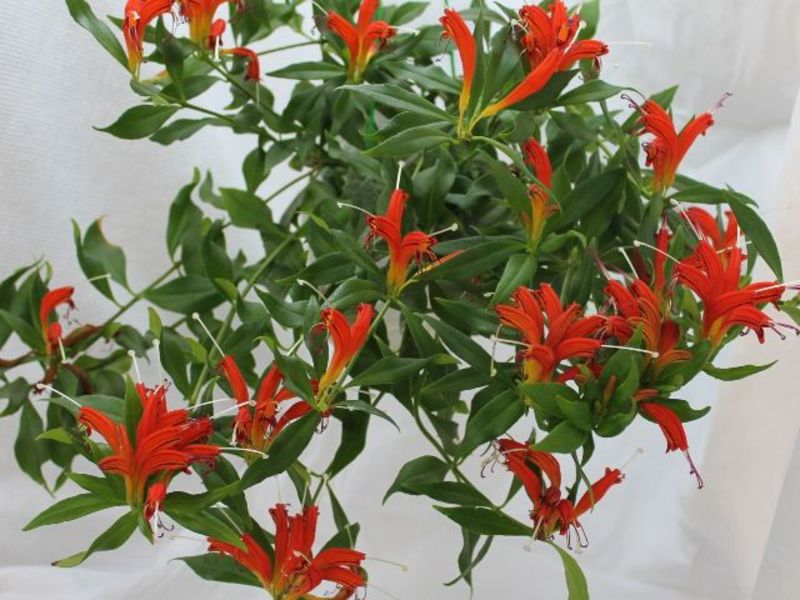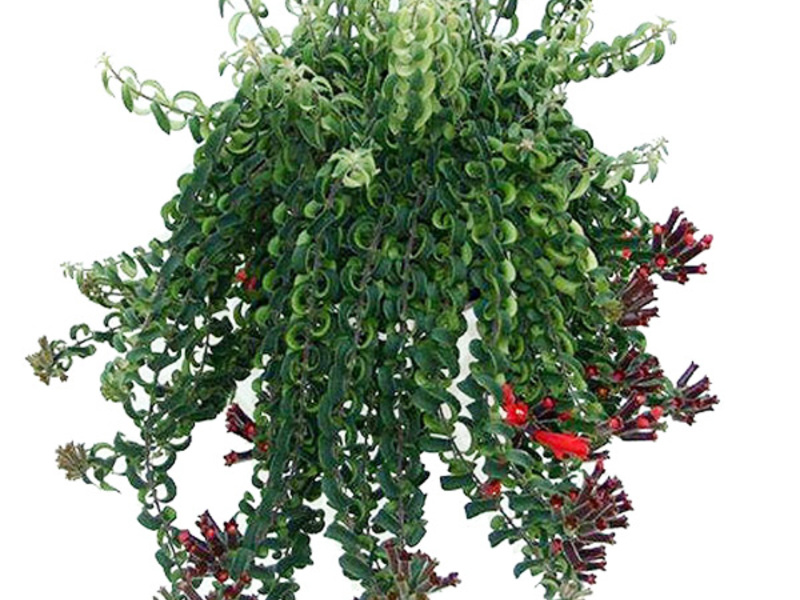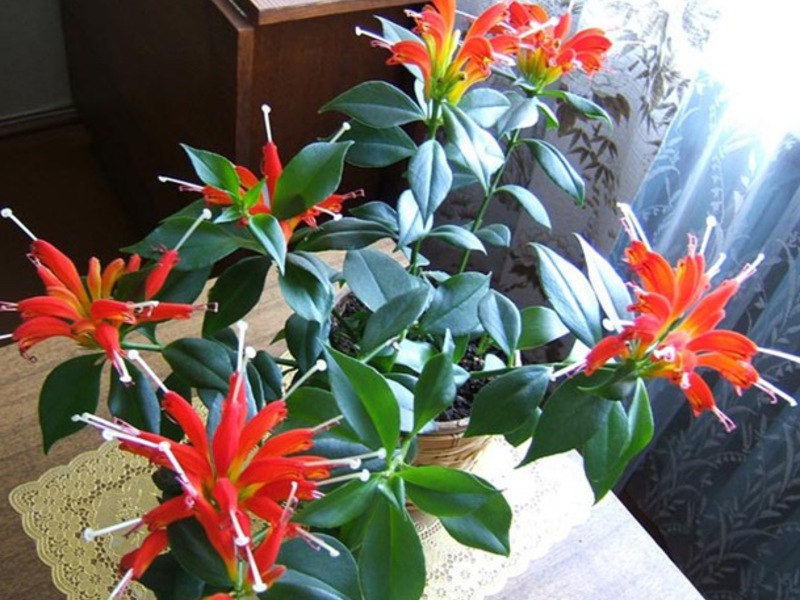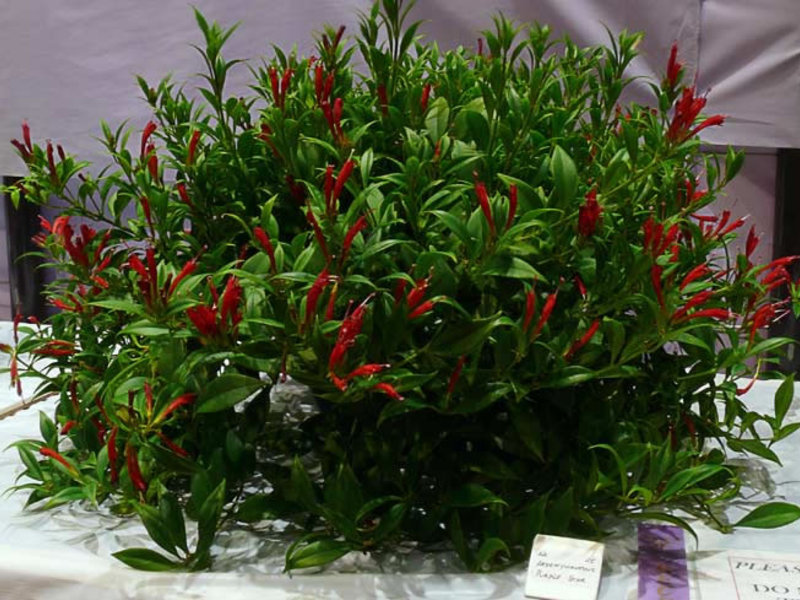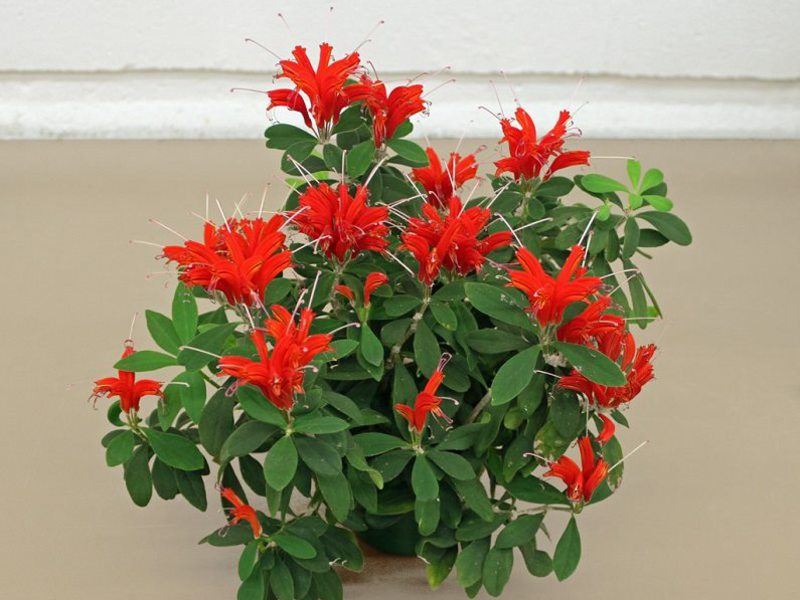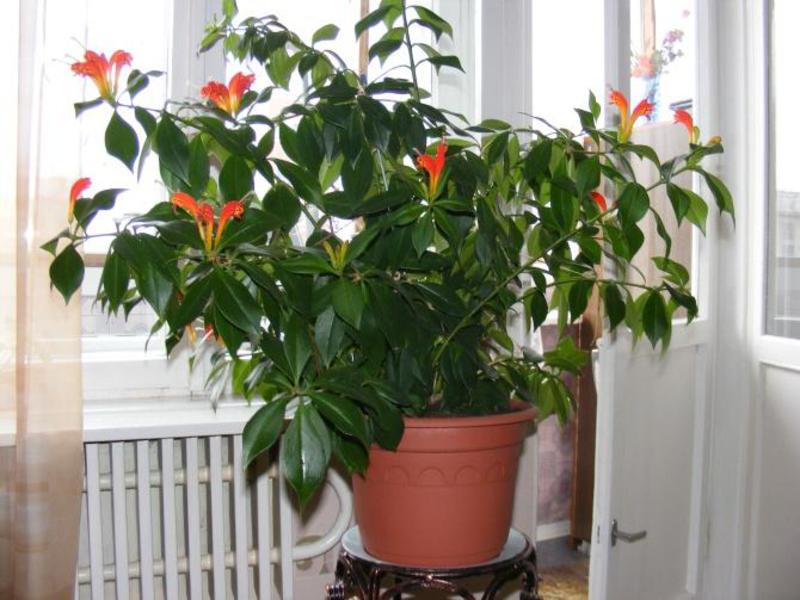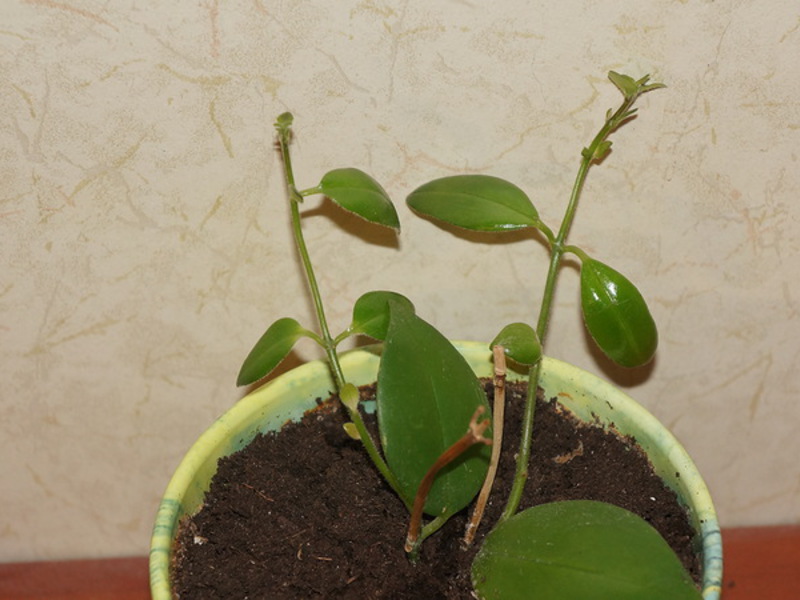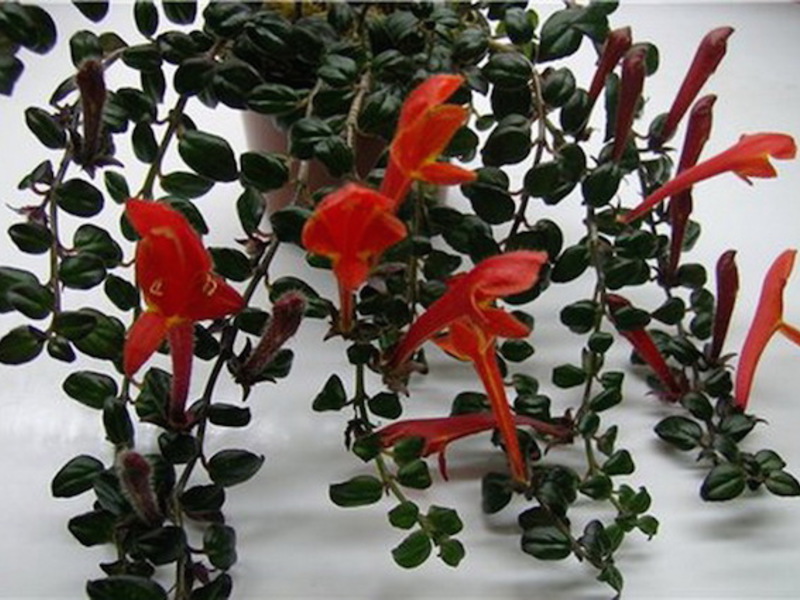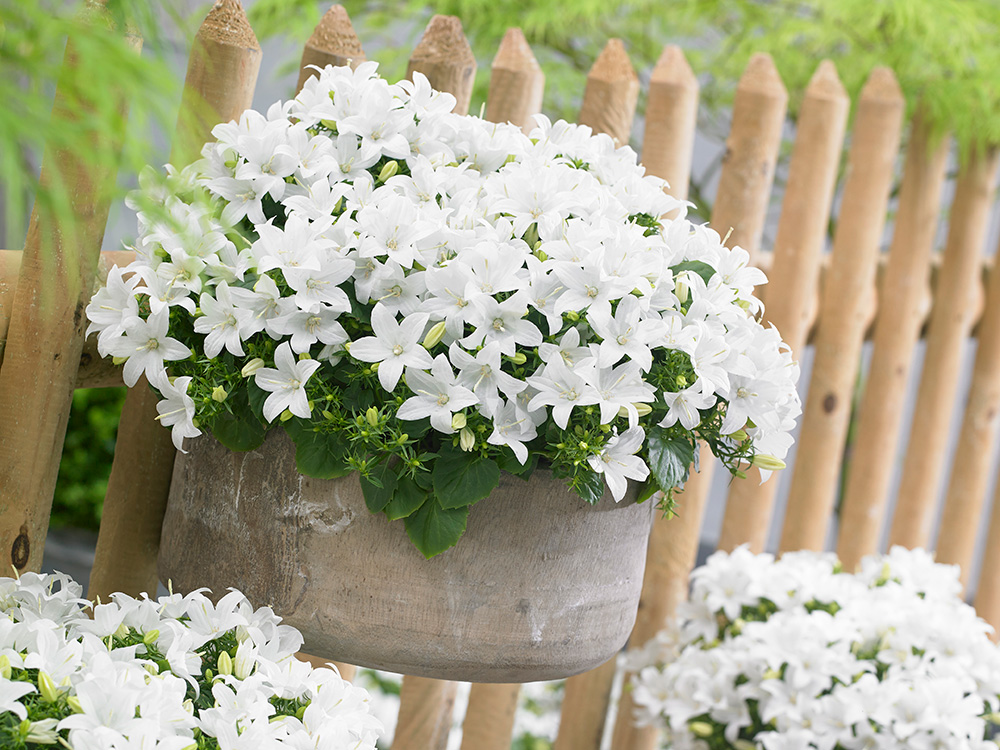The spectacular ampelous houseplant eschinanthus attracts flower growers with its beautiful green leaves and long flowering. In natural conditions, the flower grows under trees near streams and waterfalls in the countries of South and East Asia. That is why at home the eschinantus needs to provide warmth, diffused lighting and high air humidity. Caring for it requires compliance with some rules, but as a result you will get a bright ampelous bush that blooms from June to October.
Content
Aeschinanthus flower: general description, varieties, photos
A beautifully flowering ampelous plant with stems gracefully hanging down, suitable for growing in hanging pots. Every stem in length can reach 50-70 cm... Along its entire length, leathery rich green leaves about 40 mm long are arranged in pairs and symmetrically. At the end of the shoots, beautiful tubular flowers collected in bunches are formed. Most often they are bright red, but, depending on the variety, they can be orange, yellow, red-pink and dark red.
Of all the species and varieties of aeschinanthus for growing at home the following representatives are suitable:
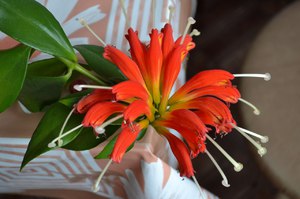 Aeschinanthus beautiful or magnificent is an epiphytic plant with hanging stems up to 50 cm long. Covered with dense bright green leaves, shoots lignify with age at the base. Each leaf is 3 cm wide and 10 cm long. Peduncles consist of 6-10 narrow, tubular yellow-red flowers.
Aeschinanthus beautiful or magnificent is an epiphytic plant with hanging stems up to 50 cm long. Covered with dense bright green leaves, shoots lignify with age at the base. Each leaf is 3 cm wide and 10 cm long. Peduncles consist of 6-10 narrow, tubular yellow-red flowers.- Aeschinanthus beautiful is very similar to the previous plant species. It differs in larger leaves and red tubular flowers, which are collected in clusters of 11-12 pieces.
- Eschinanthus marble is an ampelous plant with large leathery leaves of an original color. Above, on a dark green background of the leaf plate, there are yellowish spots, and below on a brown-purple background there is a marble pattern. In nature, the shoots of this species grow up to 70 cm in length and are distinguished by large leaves up to 9-10 cm. The bush gives a large number of lateral processes, therefore it grows well in width.
- Aeschinantus Carolina is an epiphyte with oblong-elliptical, pubescent, large leaves up to 8 cm long. Flowers with burgundy cups are formed on each shoot.
- Aeschinanthus Twiser is distinguished by waxy, highly curling dark green leaves and orange-red tubular flowers.
- Eschinanthus Mona Lisa is most often grown at home. On its numerous hanging stems, dense dark green leaves and curved bright red flowers look beautiful. Compared to other plant species and varieties, the Mona Lisa escinanthus is less capricious in its care.
Eschinanthus: features of home care
For a tropical flower in an apartment, it is necessary to create conditions close to natural conditions. Therefore he needs good lighting without direct sunlight.The best location for him will be the east or west windows, near which you can hang a hanging planter with an ampelous plant.
Temperature and humidity
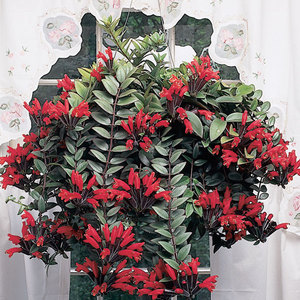 In the summer time, eschinanthuses should be kept at an air temperature within + 23- + 25C. In winter, the flower needs lower temperatures from + 16C to + 18C. A heat-loving plant needs organize a rest period... Therefore, keeping it in the winter months is best in cool conditions.
In the summer time, eschinanthuses should be kept at an air temperature within + 23- + 25C. In winter, the flower needs lower temperatures from + 16C to + 18C. A heat-loving plant needs organize a rest period... Therefore, keeping it in the winter months is best in cool conditions.
Bushes are located away from drafts in rooms with a constant temperature. Cold air currents and sudden temperature changes on the plant are detrimental.
When growing Aeschinanthus, one of the main conditions is high air humidity. If the air is too dry at home, the leaves and buds will begin to fall off the shoots, and the flower will lose its decorative appearance. To maintain the humidity in the room at the proper level, when caring for a flower, you can perform the following procedures:
- Spray the leaves of the plant periodically with settled water at room temperature.
- Place containers with water or a humidifier next to the plant.
- Place the flower pot on a pallet of damp expanded clay, moss or pebbles. In this case, it is necessary to ensure that the roots of the plant do not touch the filling.
Watering and feeding
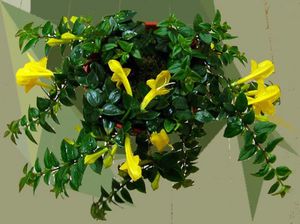 Aeschinanthuses are watered only with settled, soft water at room temperature. Watering is done after the topsoil dries out. Most often when grown in favorable home conditions, the plant one watering per week is enough... If the room is too hot, the frequency of watering increases.
Aeschinanthuses are watered only with settled, soft water at room temperature. Watering is done after the topsoil dries out. Most often when grown in favorable home conditions, the plant one watering per week is enough... If the room is too hot, the frequency of watering increases.
When caring for eschinanthus, in spring and summer, it must be fed with complex fertilizers for flowering plants. Top dressing is done no more than once every two to three weeks.
Transplant and soil composition
Overgrown bushes are transplanted into wider containers once a year or as the pot is filled with roots. Since Aeschinanthus prefer cramped pots, the new container should be only 2-3 cm wider than the previous one.
Soil for growing an ampel flower can be bought at a flower shop, where you should choose a light, breathable, loose soil with an acidity of 5.0-7.0 pH. In this case, soil for orchids or sempolia is best suited.
You can make an earthy mixture yourselfby mixing for this:
- leafy ground - 2 parts;
- humus - 1 part;
- sand - 1 part;
- peat - 1 part.
For degreasing and better air permeability of the soil, you can add a little pine bark, charcoal or sphagnum moss to it.
When transplanting aeschinanthus, drainage must be poured onto the bottom of a new pot, the layer height of which must be at least 3 cm.
To preserve the decorative qualities of the bush, when caring for an ampelous plant, regular pruning of shoots... This must be done every year after flowering ends. Too long and old branches are removed, after which, after a while, the bush gives young side shoots. The result is a lush and voluminous plant.
Aeschinantus breeding methods
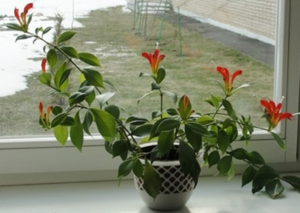 At home, a beautiful ampelous plant propagates quite easily by cuttings. To do this, you can use the shoots cut during the formation of the bush. Each stalk should be at least 5-6 cm long.
At home, a beautiful ampelous plant propagates quite easily by cuttings. To do this, you can use the shoots cut during the formation of the bush. Each stalk should be at least 5-6 cm long.
Shoots are planted in prepared containers with a mixture of sand and peat and covered with a plastic bag or glass jar. A greenhouse effect is created, in which the cuttings take root better.
There is another way of propagation of Aeschinanthus by cuttings. In this case, the shoots are placed in a pot filled with moss and sprinkled with peat on top.
In any case, when caring for cuttings, it is necessary to ensure that the soil is always wet, but without stagnant water... The air temperature during the propagation of ampelous plants should be within + 26C. Shoots covered with cellophane or a can should be aired daily. Under favorable conditions, rooting of cuttings will take place in a few weeks.
Diseases and pests
When growing a plant in unsuitable conditions for it and mistakes in care, aeschinanthus can be affected the following diseases and pests:
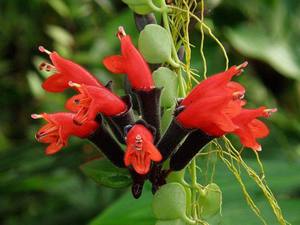 Spider mite. This pest affects flowers grown in rooms with dry air. When small insects and cobwebs appear on the leaves, the leaves begin to dry and fall off. Treatment with insecticidal preparations is required.
Spider mite. This pest affects flowers grown in rooms with dry air. When small insects and cobwebs appear on the leaves, the leaves begin to dry and fall off. Treatment with insecticidal preparations is required.- Gray rot. In cool rooms with high air humidity, gray mold-like molds may appear on the plant. In this case, the frequency of watering is reduced, and the bush is sprayed with a solution of "Fundazol".
- Thrips. Pests look like light spots on leaves, and appear at low air humidity. It is necessary to treat the plant with Fitoverma or Aktelika solution.
Despite some capriciousness and exactingness to care, a plant of Asian origin, with its lush mass of large leaves and spectacular, long-lasting flowering, is gaining popularity and is increasingly being grown at home.
